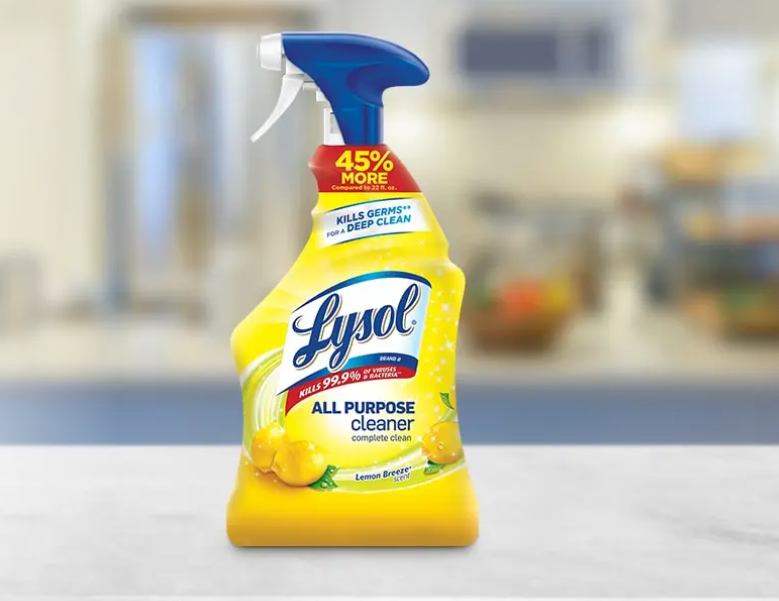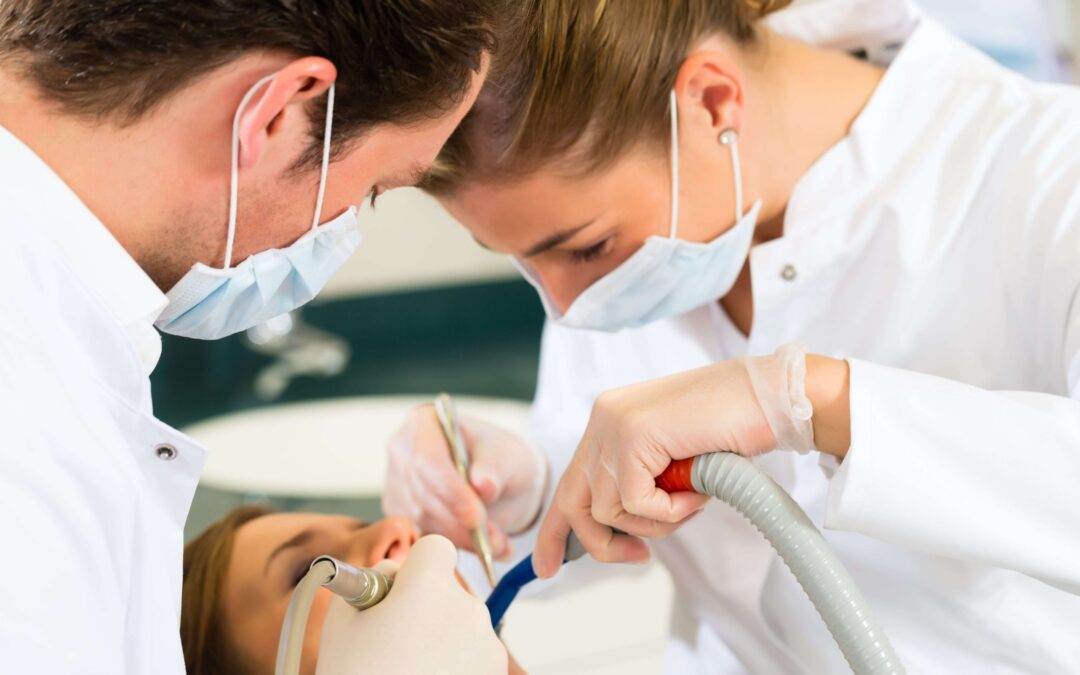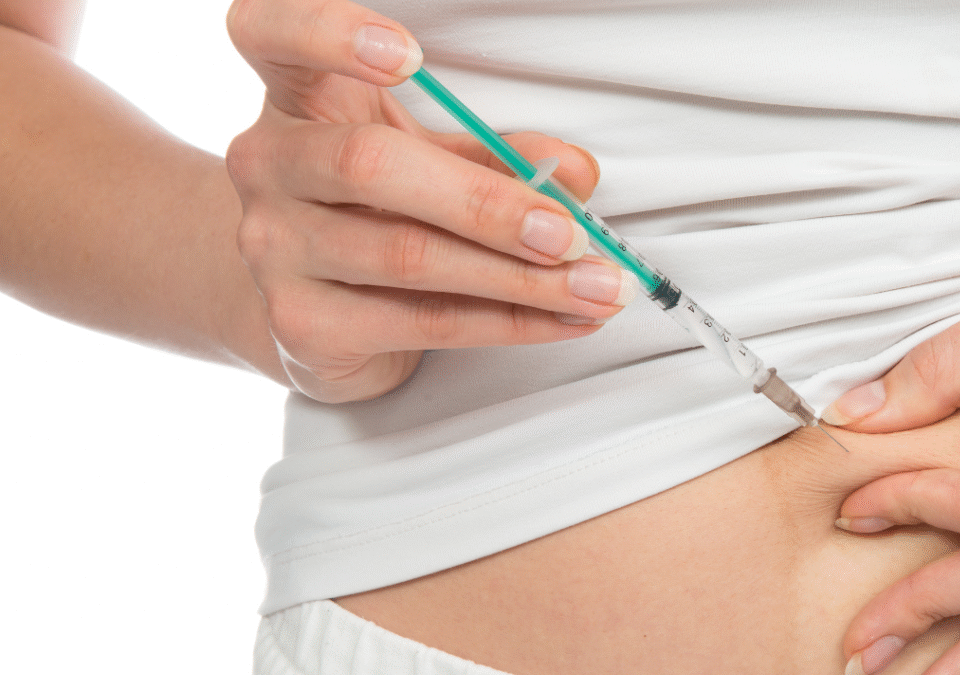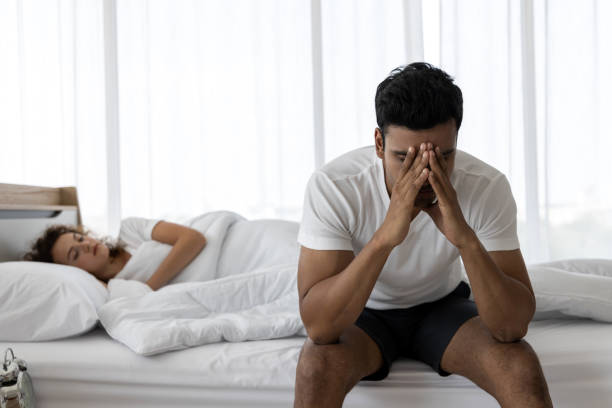The Science Behind Lysol Advanced All Purpose Cleaner: How It Kills 99.9% of Germs
Introduction
Lysol is a well-known brand when it comes to disinfectants and all-purpose cleaners. One of its most effective products, Lysol Advanced All Purpose Cleaner, claims to kill 99.9% of germs. But how does it achieve this? What scientific principles make it so effective against bacteria and viruses? In this article, we will explore the chemical composition, mode of action, and efficacy of Lysol Advanced All Purpose Cleaner to understand the science behind its powerful cleaning abilities.
Chemical Composition
Lysol Advanced All Purpose Cleaner contains a combination of active and inactive ingredients that work together to eliminate harmful pathogens. The primary active ingredients include:
-
Alkyl Dimethyl Benzyl Ammonium Chloride (ADBAC): A type of quaternary ammonium compound (quat) that disrupts bacterial cell membranes.
-
Isopropyl Alcohol: A well-known disinfectant that denatures proteins and dissolves cell membranes.
-
Hydrogen Peroxide: Acts as an oxidizing agent to destroy microorganisms.
-
Surfactants: Help in removing dirt and grease by breaking down oils and organic matter.
-
Fragrances and Stabilizers: Provide a pleasant scent and maintain the stability of the solution.
These ingredients work in synergy to ensure maximum germ-killing efficiency while also providing a thorough cleaning action.
How Lysol Kills 99.9% of Germs
Lysol Advanced All Purpose Cleaner employs multiple mechanisms to eliminate bacteria, viruses, and fungi. Let’s examine the key methods it uses to achieve this.
1. Cell Membrane Disruption
One of the primary ways Lysol kills germs is by disrupting the protective membrane that surrounds bacterial and viral cells. Quaternary ammonium compounds (such as ADBAC) interact with the lipid bilayer of the cell membrane, causing it to break down. This leads to leakage of vital cellular contents, ultimately killing the microorganism.
2. Protein Denaturation
Isopropyl alcohol and hydrogen peroxide play a crucial role in denaturing proteins inside microbial cells. Proteins are essential for cell function, and when their structure is altered, they lose their ability to perform necessary biological processes, leading to cell death.
3. Oxidative Damage
Hydrogen peroxide acts as a strong oxidizing agent. When it comes into contact with bacteria or viruses, it releases reactive oxygen species (ROS), which damage the DNA and cellular components of microorganisms, rendering them inactive.
4. Surfactant Action
Surfactants help break down organic matter, including grease and biofilms, which can harbor bacteria and viruses. By removing these protective layers, Lysol ensures direct contact between the disinfectant agents and the germs, enhancing their effectiveness.
Effectiveness Against Different Types of Germs
Lysol Advanced All Purpose Cleaner is designed to be effective against a wide range of germs, including bacteria, viruses, and fungi. Let’s examine its impact on each category.
1. Bacteria
The cleaner is highly effective against both Gram-positive and Gram-negative bacteria. Some of the common bacteria it eliminates include:
-
Escherichia coli (E. coli): A common cause of foodborne illnesses.
-
Staphylococcus aureus: Responsible for various skin infections and respiratory diseases.
-
Salmonella: A major cause of food poisoning.
The combination of quaternary ammonium compounds and alcohol ensures that bacterial cells are destroyed effectively.
2. Viruses
Lysol has been proven to be effective against many viruses, including:
-
Influenza virus: Responsible for seasonal flu outbreaks.
-
Rhinovirus: Causes the common cold.
-
Coronavirus: Certain Lysol products, including disinfecting sprays, have been tested and shown to be effective against SARS-CoV-2, the virus responsible for COVID-19.
Alcohol and hydrogen peroxide work together to disrupt viral envelopes, preventing them from infecting host cells.
3. Fungi and Mold
Fungi and mold spores can thrive in damp environments, leading to health problems such as allergies and respiratory infections. Lysol’s strong disinfecting properties help eliminate:
-
Aspergillus species: A common type of mold found in homes.
-
Candida albicans: A fungal pathogen responsible for infections like oral thrush.
The cleaner not only kills fungi but also helps prevent regrowth by breaking down organic matter that supports their survival.
Proper Usage for Maximum Effectiveness
To ensure Lysol Advanced All Purpose Cleaner works effectively, it is important to follow proper cleaning and disinfecting protocols.
1. Surface Preparation
Before applying the cleaner, remove any visible dirt or debris from the surface. This allows the disinfecting agents to come into direct contact with germs.
2. Application Method
-
Spray or apply the cleaner directly onto the surface.
-
Allow it to sit for at least 30 seconds to 10 minutes, depending on the level of disinfection required.
-
Wipe the surface with a clean cloth or paper towel.
3. Ventilation
Ensure proper ventilation when using Lysol, especially in enclosed spaces, to prevent inhaling fumes that may cause irritation.
4. Storage and Safety Precautions
-
Store the cleaner in a cool, dry place away from direct sunlight.
-
Keep out of reach of children and pets.
-
Avoid mixing with other cleaning agents, especially bleach, as it may produce harmful fumes.
Environmental Impact
While Lysol is effective at killing germs, it is also important to consider its environmental impact. Some key points to note:
-
Biodegradability: Some ingredients, such as quaternary ammonium compounds, may persist in the environment.
-
Water Safety: Avoid disposing of large quantities into water sources to prevent harm to aquatic life.
-
Eco-Friendly Alternatives: Some Lysol products now come in recyclable packaging and use safer ingredients to reduce their environmental footprint.
Conclusion
Lysol Advanced All Purpose Cleaner is a scientifically formulated disinfectant that effectively eliminates 99.9% of germs using a combination of quaternary ammonium compounds, alcohol, hydrogen peroxide, and surfactants. By understanding the science behind its germ-killing power, users can maximize its effectiveness while ensuring safe and responsible usage. Whether for home, office, or public spaces, Lysol remains a trusted choice for maintaining a clean and hygienic environment.






0 Comments